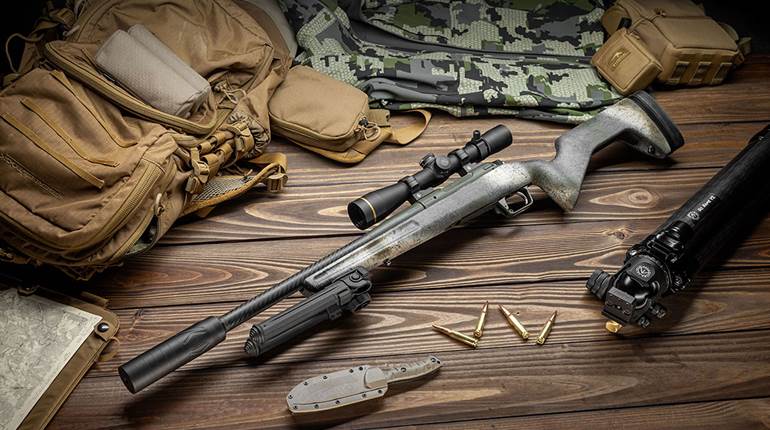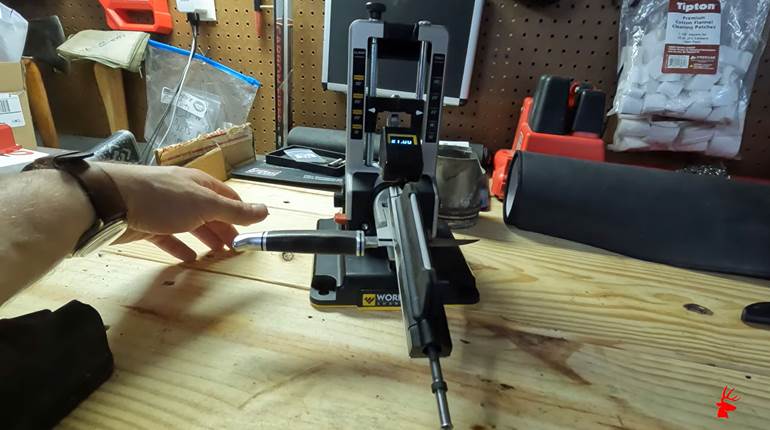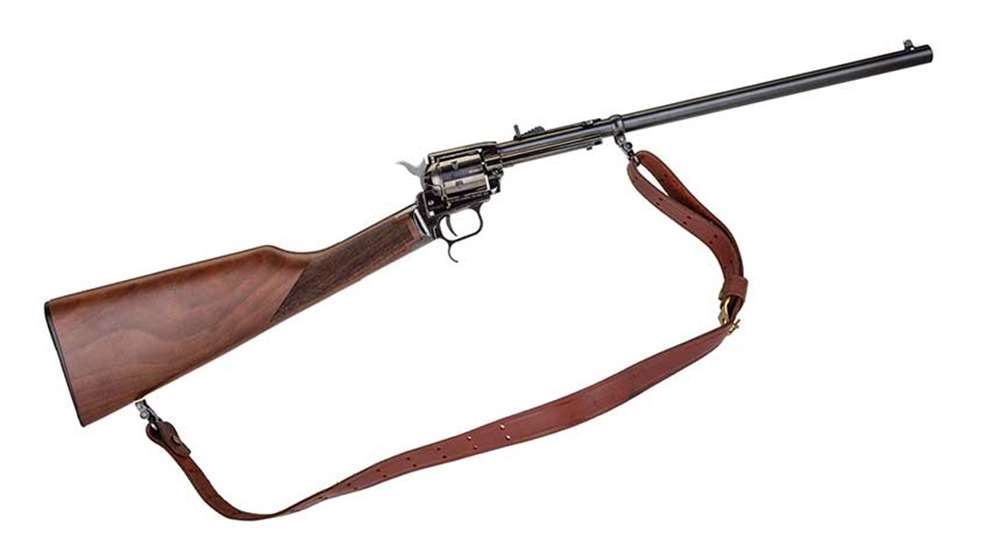
Heritage, which was acquired by Taurus some years ago, was one of the first operations to move from Miami to Georgia, foreshadowing Taurus’ big move. The very affordable Heritage revolvers, which we have covered extensively, snuck up on the entire firearms industry. They went from those inexpensive single-action .22s no one paid much attention to the No. 2 maker of revolvers in the United States. Ruger didn’t take kindly to that, thus the Wrangler revolver.
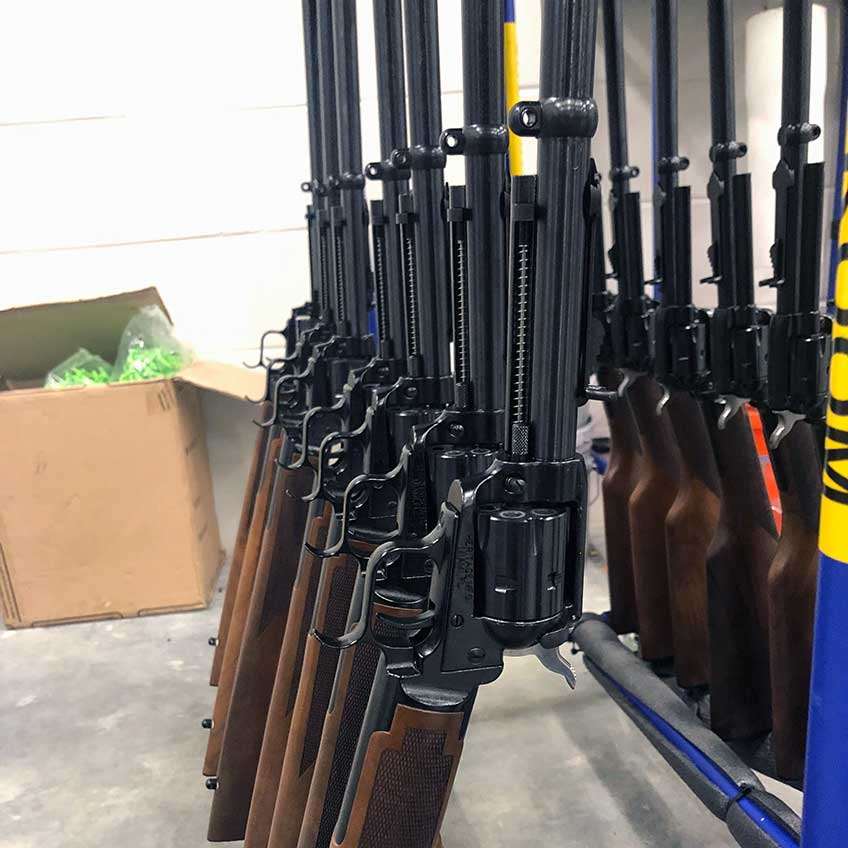
Last month, I had the opportunity to get a tour of the new Taurus facility in Bainbridge Ga., all 205,000 sq.-ft. of it, by none other than the president of Taurus, my long-time friend David Blenker.
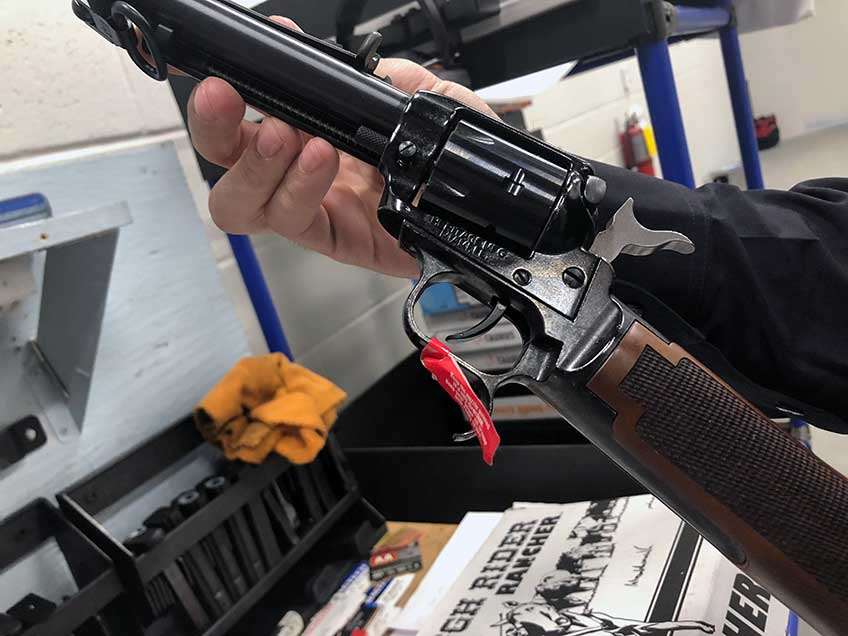
The Heritage guns are made in the United States, and not long ago, a 16"-barrel gun was introduced. At first glance, it looks like a prop from a Batman movie one of Joker’s minions would have with the flag that comes out the end that says “Bang!” No, this was just like all the other .22-cal. revolvers made by the company, just with a longer barrel. Not a true Buntline, but close enough that it sold like hotcakes.
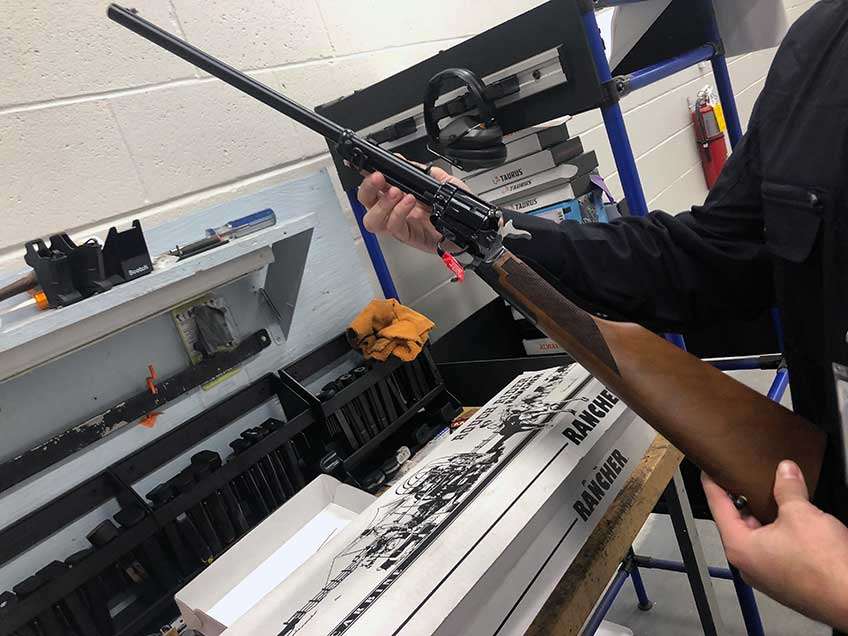
Now we have the Rough Rider Rancher carbine. It’s just like the other single-action revolvers just with a fixed walnut buttstock.
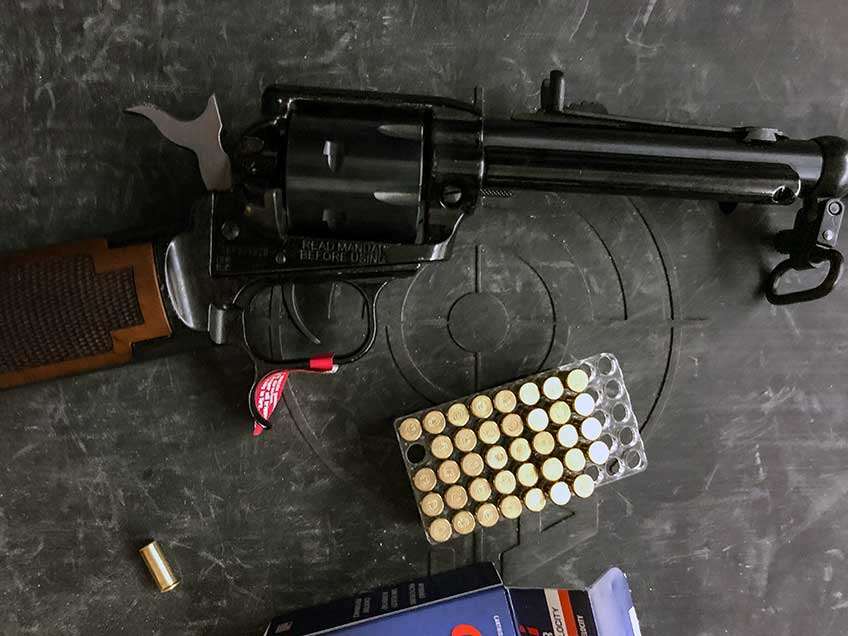
It is a six-shooter with an overall length of 32" that weighs just a little more than 4 pounds with its 16.125 inch barrel. The sights consist of a fixed-blade front and a Buckhorn adjustable rear. And it even comes with a handy leather sling.
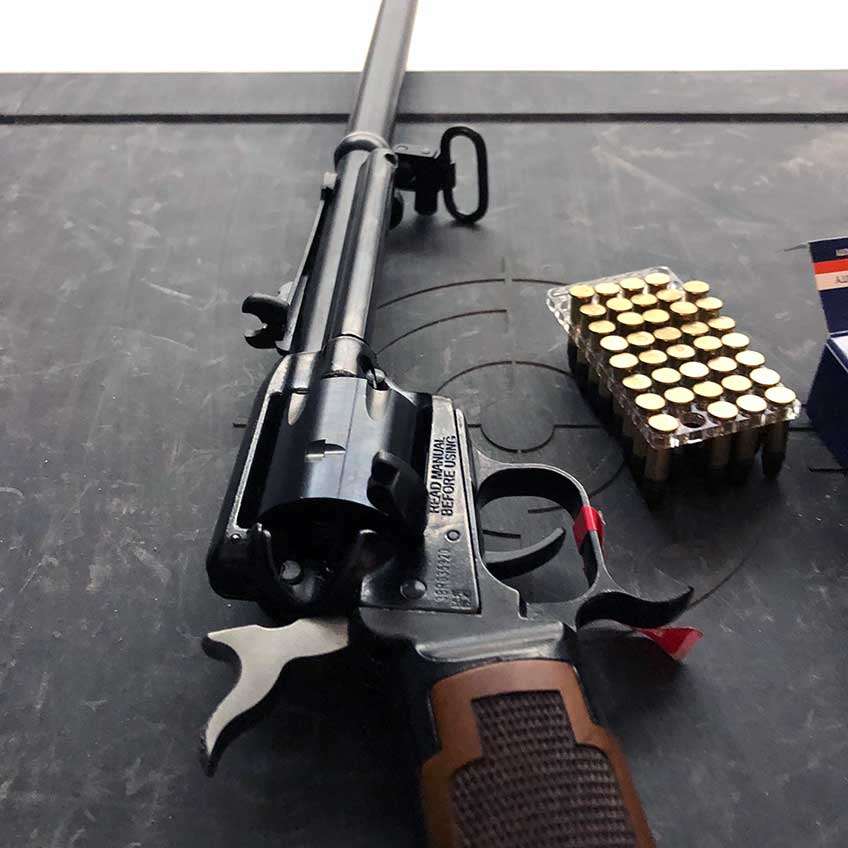
Revolving carbines have been around for a long time, the Colt Model 1855 comes to mind, but this fun interpretation of the genre makes for a very affordable plinker. While I was in Georgia, the Taurus guys let me be one of the first to use their impressive, new test range. And I had to remember a lesson about the little carbine and that is, unlike most revolvers, there is a safety on the left side.
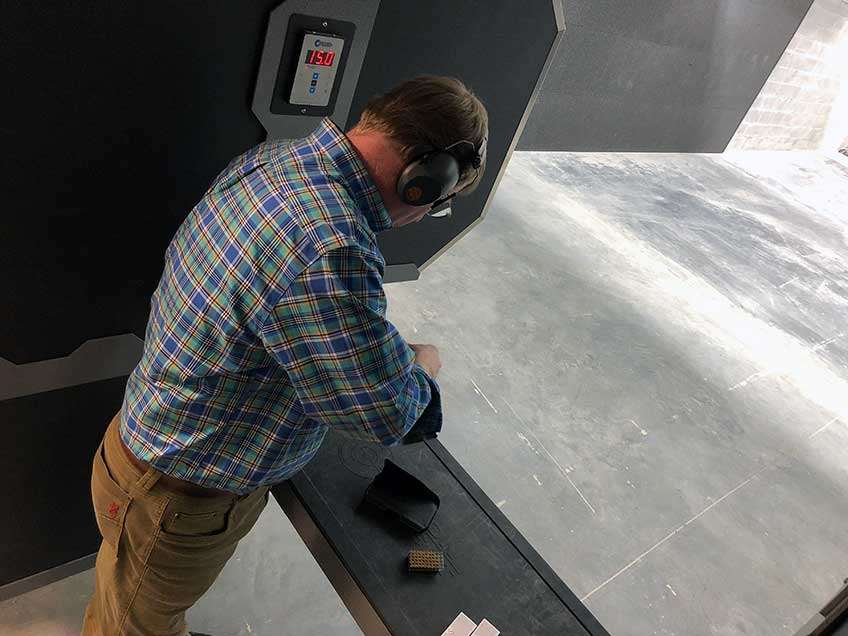
When a revolver is fired, its chamber is in the cylinder, and the bullet has to make the jump to the barrel. Depending on the amount of cylinder gap, you get certainly some flash but also sometimes lead spitting. That’s why you don’t get your thumb near the cylinder gap. That is certainly the case with the Rough Rider.
As a matter fact, that is why there’s an extra extension on the trigger guard for the weak hand. Keep your hands, feet and all other body parts away from that cylinder gap, and you will be rewarded with lots of plinking fun. All at an affordable MSRP of $297.93.














